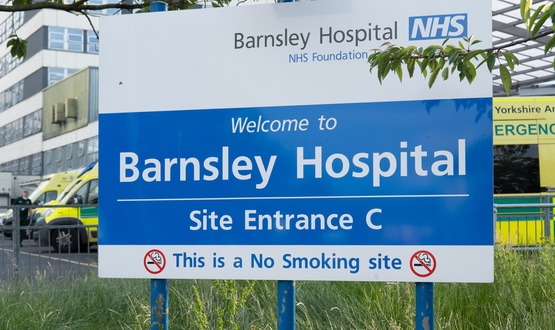One in 10 prescriptions have errors
- 3 December 2009
One in 10 written hospital prescriptions contain mistakes, most are minor and spotted but some are potentially lethal.
In many cases the errors result from poor or illegible handwriting, transcribing errors, ambiguous prescriptions or other communication breakdowns.
This is the finding of major new research commissioned by the General Medical Council, which says despite the prevalence of errors most are spotted and few lead to serious harm to patients. Unlike some previous studies the focuses just on prescribing rather than covering prescribing through to medicines administration.
Researchers led by Professor Tim Dornan of the University of Manchester, were commissioned to examine the issue after examined the issue after previous research three years ago indicated newly qualified doctors had not been adequately taught about drugs or prescribing and that many errors were occurring as a result.
The study also found that newly qualified doctors were no more likely to make prescribing errors than more experienced hospital doctors.
They examined 124,260 prescriptions across 19 hospitals – and found just under 9% contained errors.
Of these 11,077 contained errors. More than half of the errors arose because a patient’s medication was not prescribed on admission, during a rewrite of a prescription, or when the patient was sent home.
Another 40% were accounted for by prescriptions where the writing was illegible or the wording ambiguous.
The vast majority were intercepted by doctors, senior nurses and pharmacists and corrected before reaching the patient. About 2% of the errors contained potentially lethal instructions – such as failing to take account of a patient’s allergies.
To eliminate one potential area of confusion, the GMC is calling for a UK-wide standard prescription chart, similar to that already in use in Wales. This would aid doctors as they move between different hospitals, which currently have inconsistent prescribing forms.
A Department of Health spokesman said it would continue to look into the benefits of electronic prescribing systems, "taking into account the evidence gained where standardisation of the paper chart has been successfully implemented."
The GMC’s chair, Dr Peter Ruben said the new research showed newly qualified doctors were not poorer at prescribing than more experienced ones. “Prescribing errors were made at a similar rate by doctors of all seniority. Interestingly, the highest rate was in FY2 doctors, not those most recently qualified.”
Doctors in their first year of medical training in fact made slightly fewer mistakes than the average, although that rose slightly in their second year. However at 8.3% their rate was the same as registrars. Consultants made the fewest, with 5.9%.
He added that the causes of hospital prescribing errors were not simple: “The causes of the errors were complex and included those familiar culprits of poor communication and busy and stressful working environments.”
"It would certainly help if there was greater uniformity in the prescription forms used in the NHS and the BMA would encourage prescribing procedures to be kept as simple as possible."



